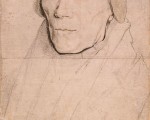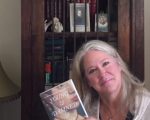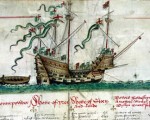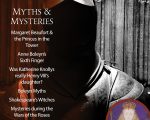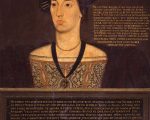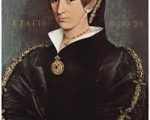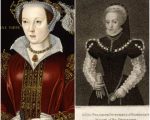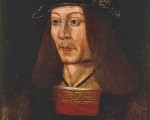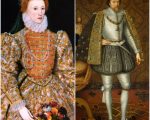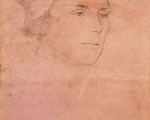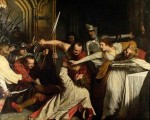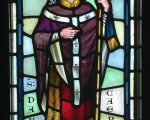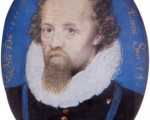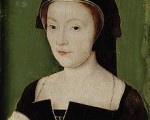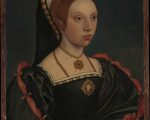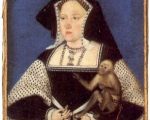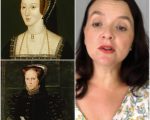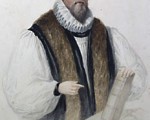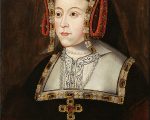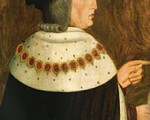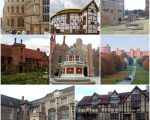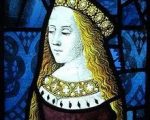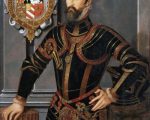
William Herbert, 1st Earl of Pembroke, soldier and magnate and a man who served four monarchs, was the second son of Sir Richard Herbert of Ewyas (the illegitimate son of William Herbert, 1st Earl of Pembroke, of the 8th creation) and his wife, Margaret, daughter of Sir Matthew Cradock of Swansea. Richard served King Henry VII as a gentleman usher. Very little is known of Herbert’s early life, only that he lost his father in 1510 and was then brought up by his mother and her third husband, William Bawdrip.
In 1514, Herbert entered the service of Charles Somerset, Earl of Worcester, who was married to Herbert’s half-uncle’s daughter. John Aubrey recorded that William Herbert was known as ‘Black Will Herbert’ and that he was ‘a mad fighting fellow’. Aubrey also recorded that Herbert was illiterate, which seems to be a baseless accusation, and that he killed a mercer in Bristol and then fled to France, joining the army of Francis I. It is not known whether that claim was true and his name does appear in a coroner’s report.
[Read More...]
